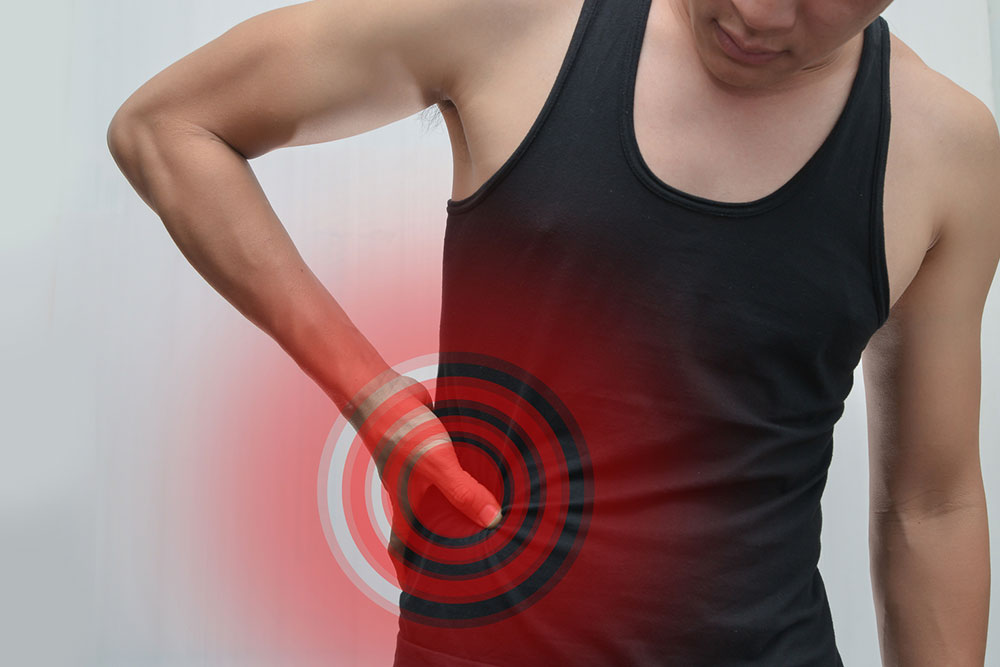Effective Strategies to Manage Liver Damage Symptoms
Learn how to manage liver damage symptoms effectively through lifestyle changes, early diagnosis, and medical interventions. This article covers causes, symptoms, prevention tips, and treatment options to maintain liver health and prevent complications.

Effective Strategies to Manage Liver Damage Symptoms
How can you effectively control the symptoms associated with liver damage?
The liver, a vital organ beneath the right rib cage, plays a crucial role in digestion, detoxification, and blood filtration. It produces essential proteins for clotting, stores glycogen, minerals, and vitamins. Damage to the liver can lead to severe health issues. Recognizing symptoms early and understanding causes are vital for managing the condition. Preventive measures include lifestyle modifications, vaccinations, and hygiene practices to protect liver health. Regular check-ups and timely treatment are key to preventing progression.
Understanding the causes of liver problems is essential for prevention. Common causes include viral infections like hepatitis A, B, and C, autoimmune disorders affecting the liver, genetic conditions such as Wilson’s disease or hemochromatosis, alcohol abuse, fatty liver buildup, and liver cancers. Recognizing symptoms such as jaundice, abdominal pain, swelling, fatigue, nausea, dark urine, pale stools, loss of appetite, and easy bruising helps in early diagnosis. Controlling lifestyle factors and seeking medical advice can help manage and prevent worsening of liver health.
Infections by viruses and parasites cause inflammation and damage to the liver. These can spread through contaminated food, water, blood, or close contact.
Autoimmune conditions may lead to immune system attacks on liver tissues.
Genetics play a role when inherited gene mutations cause toxic substance build-up.
Excessive alcohol intake damages liver cells, leading to cirrhosis and other issues.
Fat accumulation in the liver results in fatty liver disease, impairing function.
Symptoms indicating liver damage include:
Yellowing skin and eyes (jaundice)
Persistent abdominal pain and swelling
Itchy skin
Dark-colored urine
Leg and ankle swelling
Extreme tiredness
Nausea and vomiting
Pale or bloody stools
Loss of appetite
Easy bruising
Managing liver damage symptoms involves:
Limiting alcohol consumption to moderate levels
Avoiding illicit drug use and sharing needles
Maintaining hygiene during body piercings
Using protection during sex
Getting vaccinated against hepatitis A and B
Avoiding contact with infected individuals
Wearing gloves when handling toxic substances
Maintaining a healthy weight to prevent fatty liver disease
Diagnosing liver conditions involves:
Blood tests to assess liver function
Imaging scans like ultrasound, CT, or MRI
Biopsies to examine liver tissue
Treatment options depend on diagnosis:
Lifestyle changes like weight loss and abstaining from alcohol for mild issues
Alternative therapies including herbal medicine for certain viral infections
In severe cases, liver transplants may be necessary to replace damaged tissue
If symptoms persist, consulting a healthcare professional is crucial for effective management and care.









